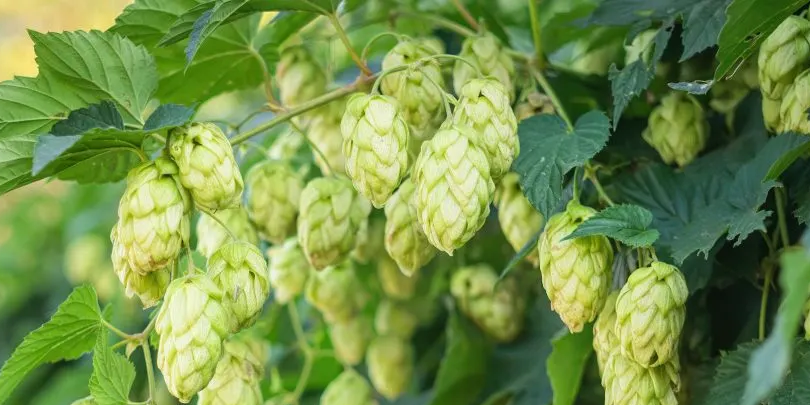
Clayton Hops invests in new hop processing plant

New Zealand’s largest hop grower is investing millions of dollars in a new hop processing plant that will dwarf existing facilities.
Clayton Hops, which has four farms in the Tasman region, is building a hop pelletiser with an output of three tonnes per hour. To put that into context, the two other hop pelletisers — one owned by NZ Hops Ltd and the other by Freestyle Hops — can process around one tonne per hour.
Clayton Hops’ chief executive Brian Clayton said the new facility has a similar capacity to some of the big American processors.
Clayton said the “significant” investment — including buying the land — is a vote of confidence in the future of the New Zealand hop industry.
“We’re big believers in New Zealand hops,” he said. “We’re 1 per cent of world’s hop supply at the moment but there’s no reason we can’t double or triple that.”
“With an output of three metric tons of hop pellets, produced and packaged up, per hour and using the latest technology we are bringing a world-class facility to New Zealand.”
Clayton Hops, which has been operating five years, had previously used the Freestyle pelletiser and this year will be using the NZ Hops pelletiser.
The decision to buy their own was based on how much they’ve grown in a short time along with an eye on customer expectations.
“We just got so big it became an easy decision,” Clayton said. “We’ve now got 800 acres of hops in the ground, if you group all the Clayton farms together. It just makes sense from an operational point of view and de-risking perspective. Ultimately, our customers will see a world class asset and associate that with quality products. And it will enable our hops to get to our customers much faster. It became a bit of no-brainer.”
Clayton Hops export most of their hops but are also a shareholder of NZ Hops Ltd. They are currently discussions with NZ Hops on partnering the management of the new facility.
“We’ve been in discussions with NZ Hops over them potentially managing the facility after they approached us about this — that’s where we’ve got to at the moment. Both parties recognise the opportunities created for the New Zealand hop industry by this new asset.”
When it comes to how much it’s costing, Clayton replied: “It’s a significant investment.”
How does a Pelletiser work?
The system, excluding offices, is made of two buildings, the production facility itself and a large cool room for storing bales pre-processing and packaged hops post-processing.
Hops come off the farm in bales, similar to wool bales. After going through a bale-breaker the hops are pneumatically conveyed into a hammer mill which grinds the cones into powder. That powder is sucked through to a blending tank around 14 metres high and which can hold around 15 bales of hops.
The blended hop power is conveyed into a pellet press which squeezes the hop powder through small holes where a knife cuts them into pellets. They drop into an air cooling system which hardens the pellets and from there they go to the packaging area, where the hops are weighed in 5kg batches, dropped into a foil bag that’s nitrogen purged and sealed.
This article was originally published in Pursuit of Hoppiness.



